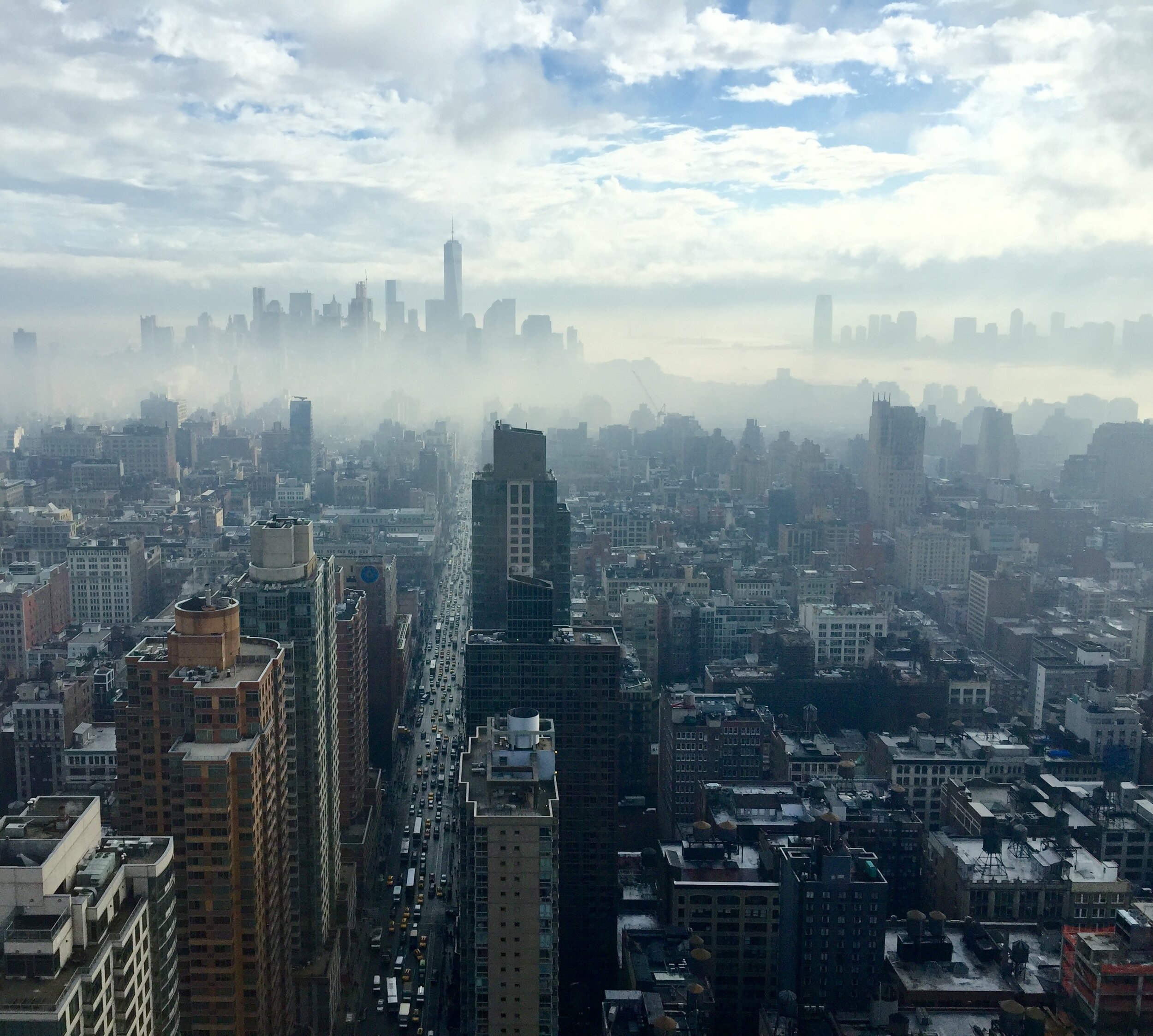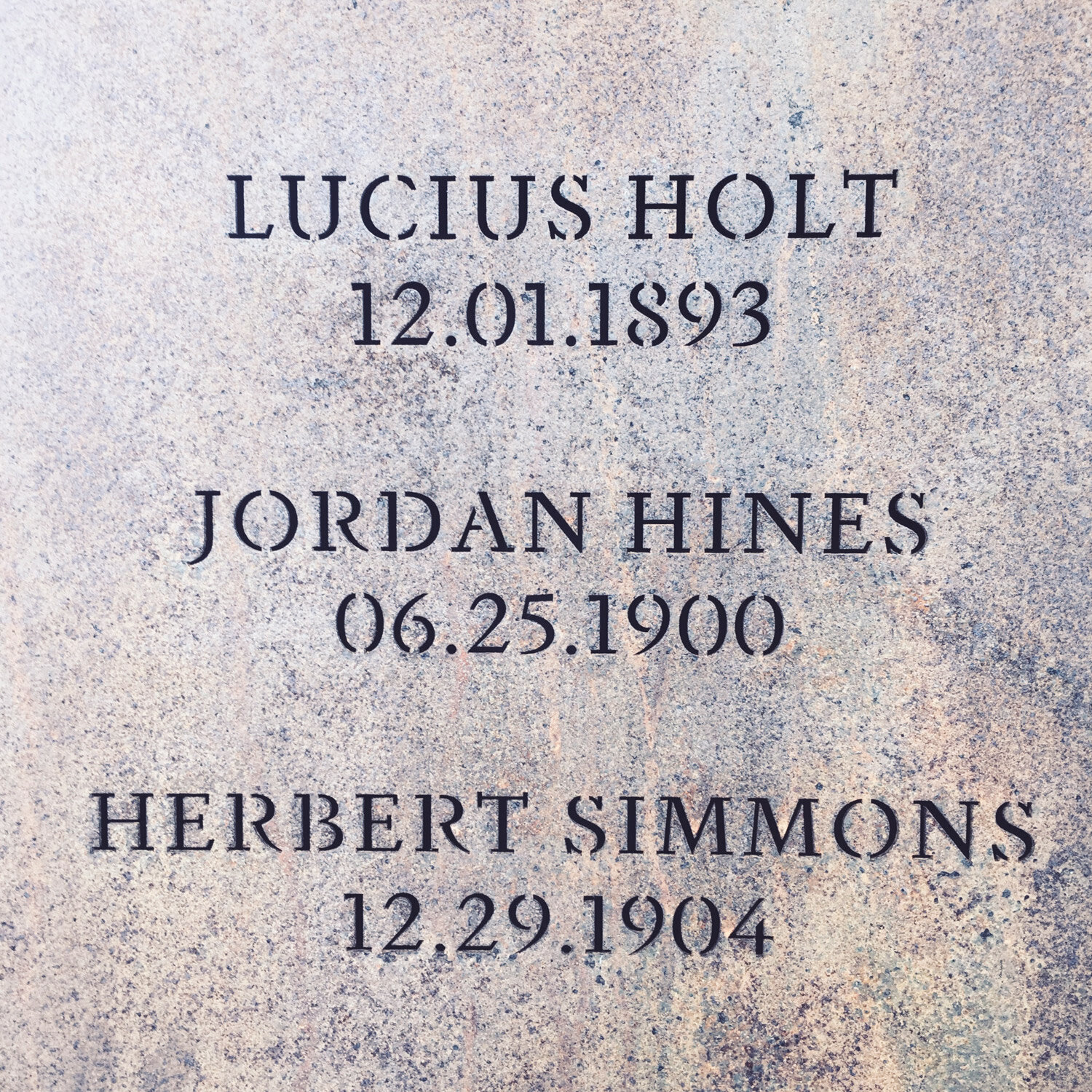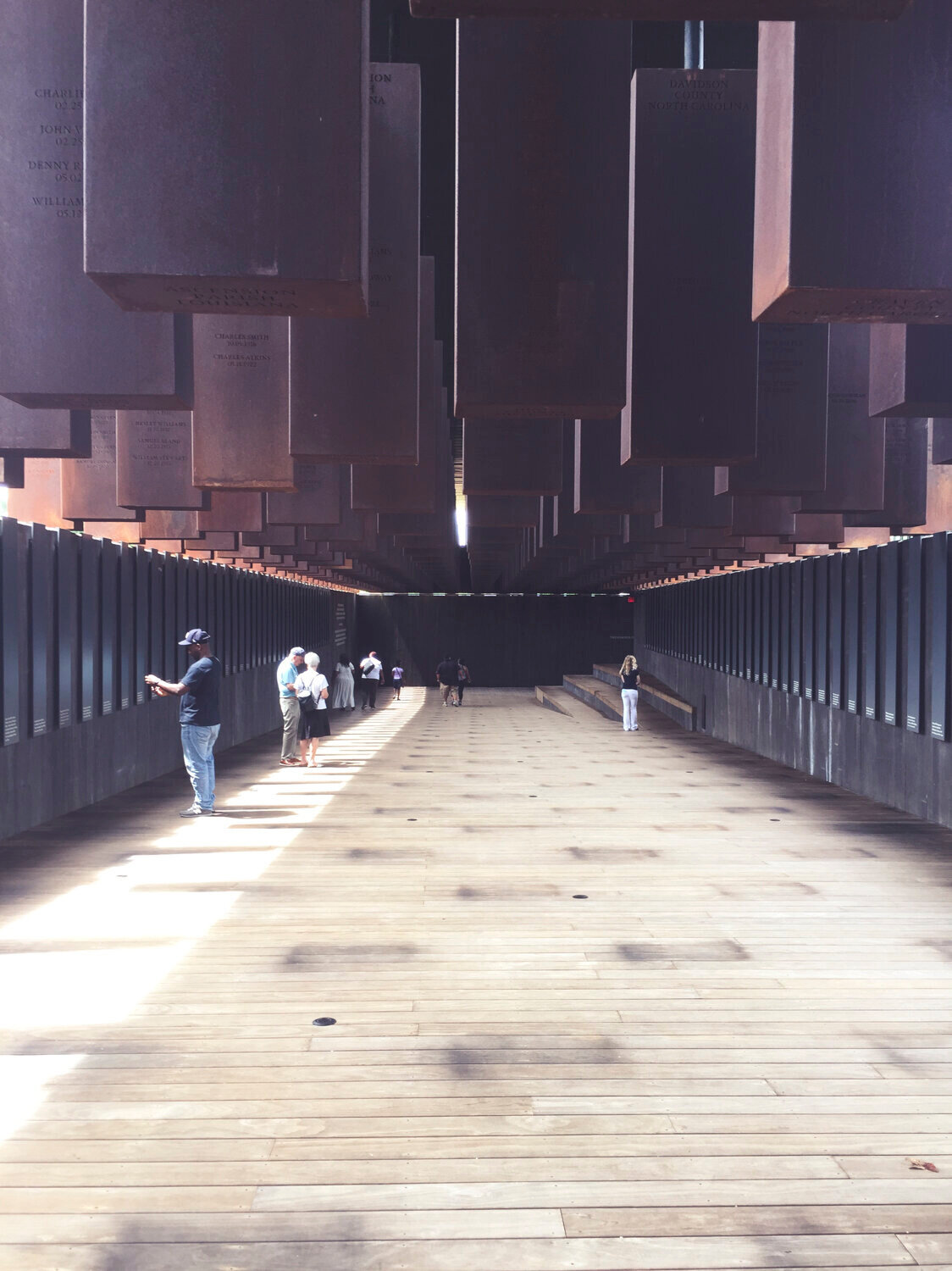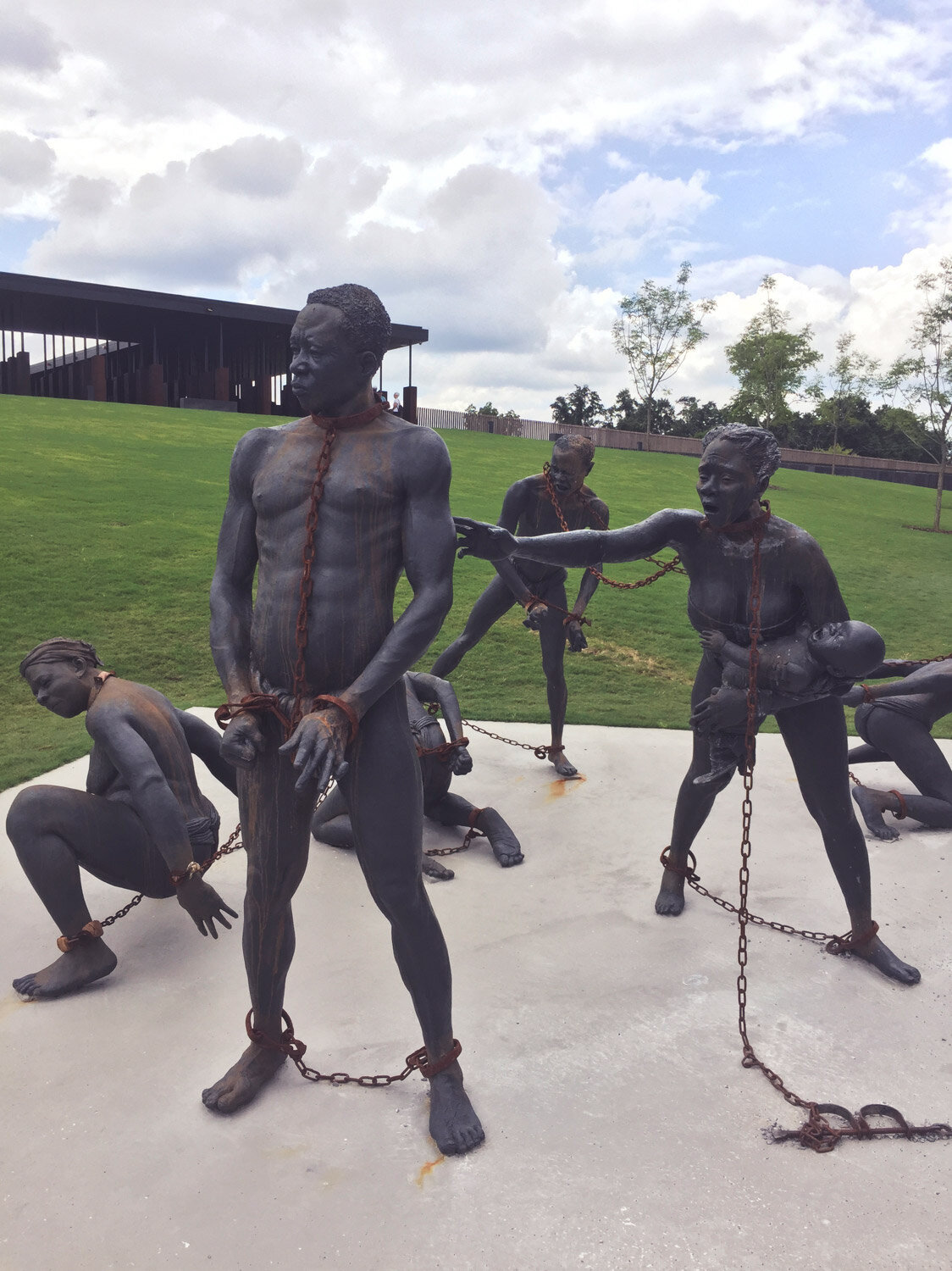Miles Morales. That’s the name of the Spider-man at the center of the newly released Spider-man: Into the Spider-verse. He is half African American, half Puerto Rican, and the first bi-racial superhero to hit the big-screen. As a true coming-of-age story, the movie portrays Miles ascending to the idea that he too can be spider-man. This is the main theme of the film, and it’s summarized in a mid-credit title card that reads: “That person who helps others simply because it should or must be done, and because it is the right thing to do, is indeed without a doubt, a real superhero” (Stan Lee). The Spider-verse, with its many spider-people, is a forward-thinking contribution to the race conversation, one that subtly adopts a thicker identity than the binary (i.e. black/white) so common to the discussion. Miles is more than a black character. Spider-man is more than a white Peter Parker. The super-hero behind the mask is recast as a Criollo, a product of a complex racial world.
Original Artwork/Christian Perez
After reading our previous article on the racial binary, a reader sent me the following critique (I’ve shared it in full because it is the question at the center of this second article):
“This article proved that historical events demand a more nuanced view. Now you should take it further and explain how [a tri-racial history] will not only account for what actually happened in America but what that historical accuracy will do for discussions about race in America. So yes, the truncated [binary] starting place doesn’t account for the history of the west and south, but how will the new proposal change the discussions about our racialized history?”
Essentially, I believe this reader is asking for points of application, for the “what now” that follows from a tri-racial American identity and history. My goal is to answer his question by building from the same two points that I proposed in the original post. A tri-racial dialog on race is one that is rooted in a thick history of non-innocence and the Criollo/Mestizo Identity, and together these provide a base for reconciliation and unity. Miles Morales will serve as a contemporary case study, an example of how a history of non-innocence and a Criollo identity can shape us all for the better. While Miles serves as the social example, I intend to draw points of connection between these ideas and the Bible when appropriate. In making these connections, my aim is to show that the Church is uniquely equipped, when guided by Latino/a brothers and sisters, to be the ambassador of reconciliation in a racialized America.
A History of Non-innocence[1]
In the previous article, I briefly covered a history of racial oppression and violence in the west coast. By recounting this history, I demonstrated that the Hispanic experience in America includes acts of racism dating back further than the history used to support a racial binary. However, this more nuanced historical account is not meant to be used to lay claim on land once stolen by Americans. That is not my goal. On the contrary, the Hispanic social identity does not permit me, nor my people, the gift of innocence when it comes to ownership claims on the land. Remember, the means by which these lands became Spanish was conquest and encomienda (see previous post), practices no more honorable than those used by Americans years later.
Hispanics are the mixed products of Spanish conquistadors and indigenous people. Our inheritance is always a mix passed down from guilty ancestors. As Justo Gonzalez remarks,
Our Spanish ancestors took the lands of our [Native] ancestors. Some of our [Native] ancestors practiced human sacrifice and cannibalism. Some of our Spanish forefathers raped our [Native] foremothers. Some of our [Native] foremothers betrayed their people in favor of the invaders. It is not a pretty story. But it is more real than the story that white settlers came to this land with pure motivations, and that any abuse of inhabitants was the exception rather than the rule. It is also a story resulting in a painful identity.[2]
A Criollo history, a mixed, tri-part history that accounts for the crimes of our ancestors and acknowledges that our inheritance is the result “not merely of hard labor, daring enterprise, and rugged individualism but also of theft” can cultivate the empathy necessary to pursue justice together.[3] This is the great gift and therefore the great responsibility of a Hispanic heritage: to challenge the myth of innocence in the American past.
Miles and his Heritage (Spoiler Alert)
One of the tensions of the Spider-verse movie is the relationship between Miles and the male figures in his family. His father, Jefferson, is a hard-nosed police officer who lives on clear cut lines of right and wrong and pushes Miles to transcend the mire of life in Brooklyn. In a powerful moment between father and son, Miles questions why he must go to the new magnet school instead of being in a traditional public school “with the people.” Jefferson’s answer is firm: He wants something better for Miles; he doesn’t want Miles to become his uncle. To this, Miles responds, “What’s wrong with uncle Aaron?”
Miles admires his uncle Aaron, who is a clear foil of Jefferson. The big reveal of the film is that Aaron is The Prowler, a murderous villain who works for the Kingpin. During a tragic scene following the revelation of Aaron’s alter-ego, Miles is encouraged by his dying uncle to do better, to be better, because he is “on his way” to greatness. Miles’s own family is complicit in the crimes, his uncle is caught up in the wrongs, yet he drives Miles to transcend as Jefferson had hoped. Miles’s hero was also a villain. This is part of his complex inheritance. This history of non-innocence undergirds Miles’s embrace of his call to be Spider-man. In the end, we see Miles paint a tribute to his uncle in the police station with his father, a beautiful act of remembrance.
A History of Non-innocence and the Church
The way we capture and relate history affects the way we perceive the world and the Bible. This is one of the basic claims of Justo Gonzalez’s book, Mañana: Christian Theology from a Hispanic Perspective. Justo demonstrates that Bible stories are not politically and socially neutral, and he convincingly argues that American retellings of biblical stories tend to sterilize them and remove these aspects. However, a slow examination of the Older and Newer Testament would prove to be quite contrary to this mostly innocent account of the stories. The history of Israel is a dark heritage which includes rape, the murder of the innocent, and the oppression of the poor. The heroes of the Old Testament are often deceitful and out for their own gain. The disciples in the New Testament are not much of an improvement. As Justo writes,
In short, biblical history is a history beyond innocence. Its only real heroes are the God of history and history itself, which somehow continues moving forward even in spite of the failure of its great protagonists. Since this is also the nature of Hispanic history, it may well be that on this score we have a hermeneutical advantage over those whose history is still at the level of guilty innocence, and who therefore must read Scripture in the same way in which they read their own history.[4]
Justo concludes his remarks with a clear challenge to read the Bible as it is intended, as a record of an entirely guilty humanity in need of God’s grace. This reading of Scripture and act of responsible remembrance, argues Justo, leads to right action in the present. Again, if we are all ladrones (thieves), we are readier to empathize and challenge injustice together.
A Criollo/Mestizo Identity
I introduced the criollo/mestizo identity in the previous article. These words have been given theological significance as well. Jose Vasconcelos (a Mexican writer, philosopher and politician) was the first to take the term mestizo and redeem it as a positive term. In his early writings, Vasconcelos argued that America could be the place where La Raza Cosmica (The Cosmic race) could develop. He saw great potential for unity in the Hispanic identity because it transcends designation by skin color. Many Hispanic theologians since have followed his line of reasoning to portray the Church as a kind of mestizo group.
Virgilio Elizondo, for instance, argued similarly in The Future is Mestizo.[5] Much of his work focuses on the theological significance of the mestizo/a and the process of mestizaje, which defines the mixing of the three bloodlines (African, European, and Native) not only biologically but culturally and religiously as well. These theologians reflect deeply on their ethnic-social identity, but they also reveal a key observation about God’s people throughout history. From their very origin, the people of God were a mestizo (mixed) group. A brief review of the biblical story reinforces this identity.
When the Lord first redeemed Israel from slavery in Egypt, the Bible tells us that “a mixed multitude also went with them” (Exod. 12:38). Moses married a black woman, though he was criticized for it (Num. 12). When Israel crossed the Jordan river into the promised land, Rahab, a prostitute, helped Israel in their conquest of Jericho. She would marry into Israel, and later genealogies reveal that she is a foremother of Jesus (Matt. 1:5). Ruth, a moabite, is another foremother of Jesus. The Bible tells us that one of the earliest converts to Christianity was an Ethiopian eunuch (Acts 8:28-40). The church where the term Christian was first used was a mixed church led by a group that included a black teacher named Simeon (Acts 13:1). The early church included Jew and gentile alike, and the startling conclusion of the Bible foretells that God will be praised by a multitude “from every nation, from all tribes and peoples and languages” (Rev. 7:9).
From the beginning, God’s people include a mix of Africans, Europeans, and Israelites as one group. The history is one of non-innocence and the identity is uniquely and profoundly mixed. Mestizaje is the process by which Hispanics became one group consisting of brown, white, and black people. One of my Abuela’s favorite reminders is that you cannot identify a Puerto Rican by the color of their skin. Indeed, my family includes relatives of white skin with blue eyes and others with dark skin and curly hair. Despite these physical differences, we are united in one culture, one spirit, and one family. Is this not what Paul envisions in Ephesians chapter 4 when he challenges the church to walk worthy of their call by living in profound union?
Anglo Americans already have a sense of this mixed identity and union. They typically do not self-identify as German, English, French, Dutch, etc. Instead, the identity is now subsumed in the racial category: white. Mestizaje, however, moves beyond skin color and is rooted in more nuanced history; it produces a social group readier to welcome the other with genuine hospitality.
Conclusion
Miles Morales is a criollo Spider-man deeply committed to his family. When he faces the villain of the film, it is his connection to his family that lifts him to the task of defeating evil. He wins the fight by remembering his father’s words and using his uncle’s move. Miles is black, he is Rican, and he’s Spider-man. His empathy and desire for justice are rooted in his heritage and the complexity of his identity. Spider-man: Into the Spider-verse was an excellent display of the gift of mestizaje. Like Miles, the Church can learn from their brown family members to remember responsibly and act justly in the world. This is the great gift and great responsibility inherited from the Hispanic identity and the Latino/a church.
Footnotes
[1] Credit must be given to Justo L. Gonzalez for this title and framework for history. His thoughts on history shaped what I propose in this section, and I recommend readers consider his book Mañana: Christian Theology from a Hispanic Perspective.
[2] Justo L. González, Mañana: Christian Theology from a Hispanic Perspective, Reprint edition edition (Nashville: Abingdon Press, 1990), 40.
[3] Ibid.
[4] Ibid., 77.
[5] I suggest reading Nestor Medina's book called Mestizaje: ReMapping Race, Culture, and Faith in Latina/o Catholicism as a primer. Nestor dedicates an entire section of the book to expounding and critically reviewing the ideas of Elizondo.





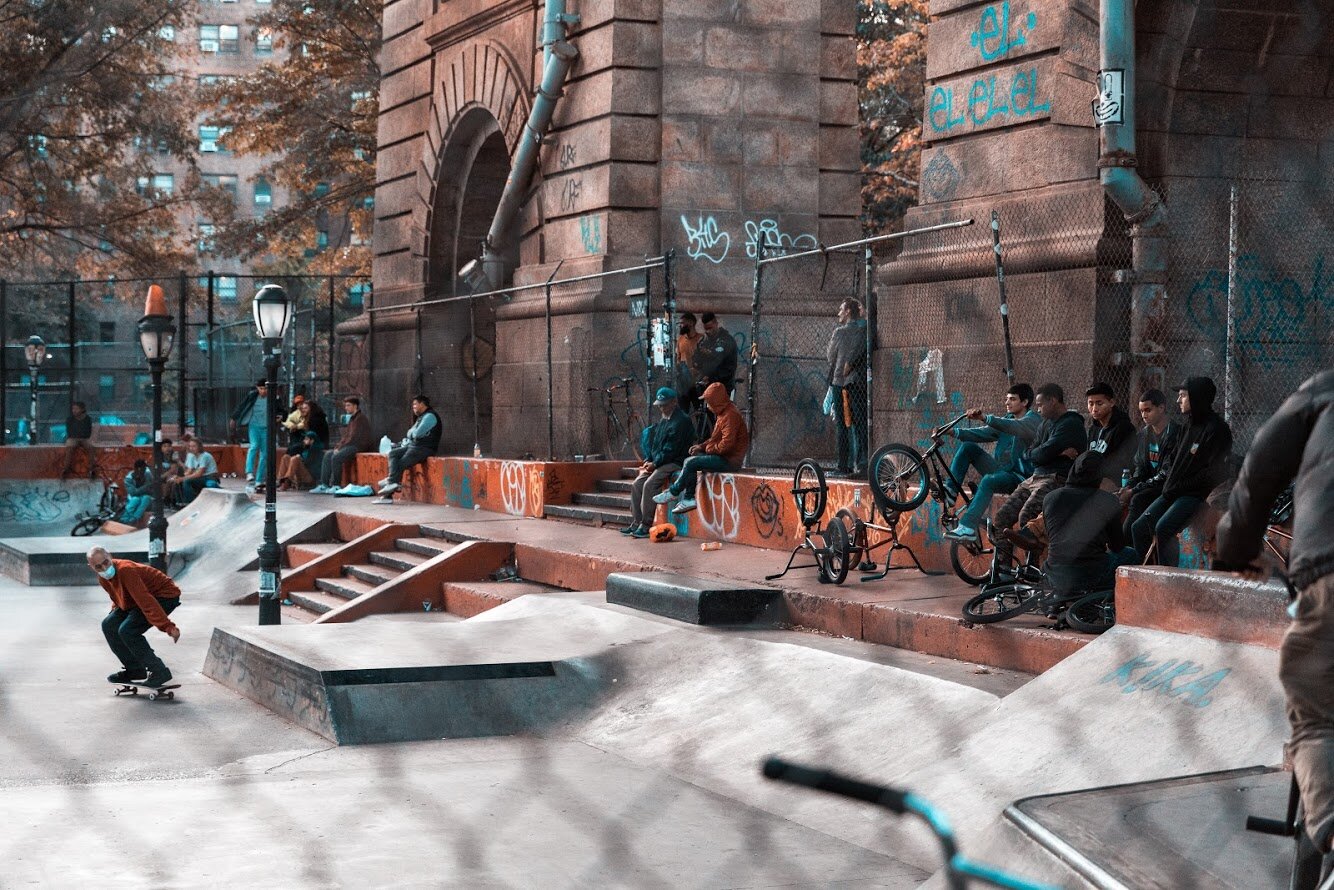












![CC BY-SA 2.5, https://commons.wikimedia.org/w/index.php?curid=937608 [5]](https://images.squarespace-cdn.com/content/v1/5dfd8beb22732d3b23495b1f/1577989241484-HKVUQ3DOPNPRI92VFOG4/Adams_onis_map.png)

